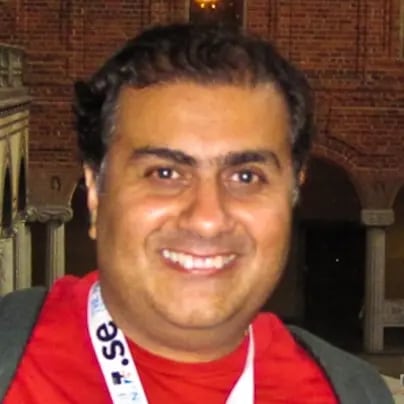A characterization of short-videos and distributed hot-spot activity in Instagram
01 August 2015

Social networks like Instagram and Vine encourage the generation and consumption of user generated content (UGC) on a large scale. Many research efforts have concentrated on indexing and analyzing the data collected. Considerable less effort has been spent in analyzing the effect of UGC on service provider cellular data networks. In this paper, we crawl the Instagram social network in order to characterize the effect of short video distribution on cellular data networks. We further study the use of Instagram in diverse geographic locations, or "hot spots": Trafalgar Square and Piccadilly Circus in London, UK; Tour Eiffel in Paris France; Statue of Liberty in New York, USA; and World War II Memorial in Washington D.C., USA. We seek to determine emergent signs of synchronicity across time zones in these hot spots with an eye towards providing hints to cellular network service providers on the user behaviour across temporal variations with respect to content being uploaded. The data that we collect from our crawls is used to seed a 4G LTE cellular data network simulation. The result from such a simulation provide key information to cellular network service providers for capacity planning either on ad-hoc basis or on an informed a-priori basis. Finally, we present a visualization engine for Instagram posts across a geographical area in near-real time.
